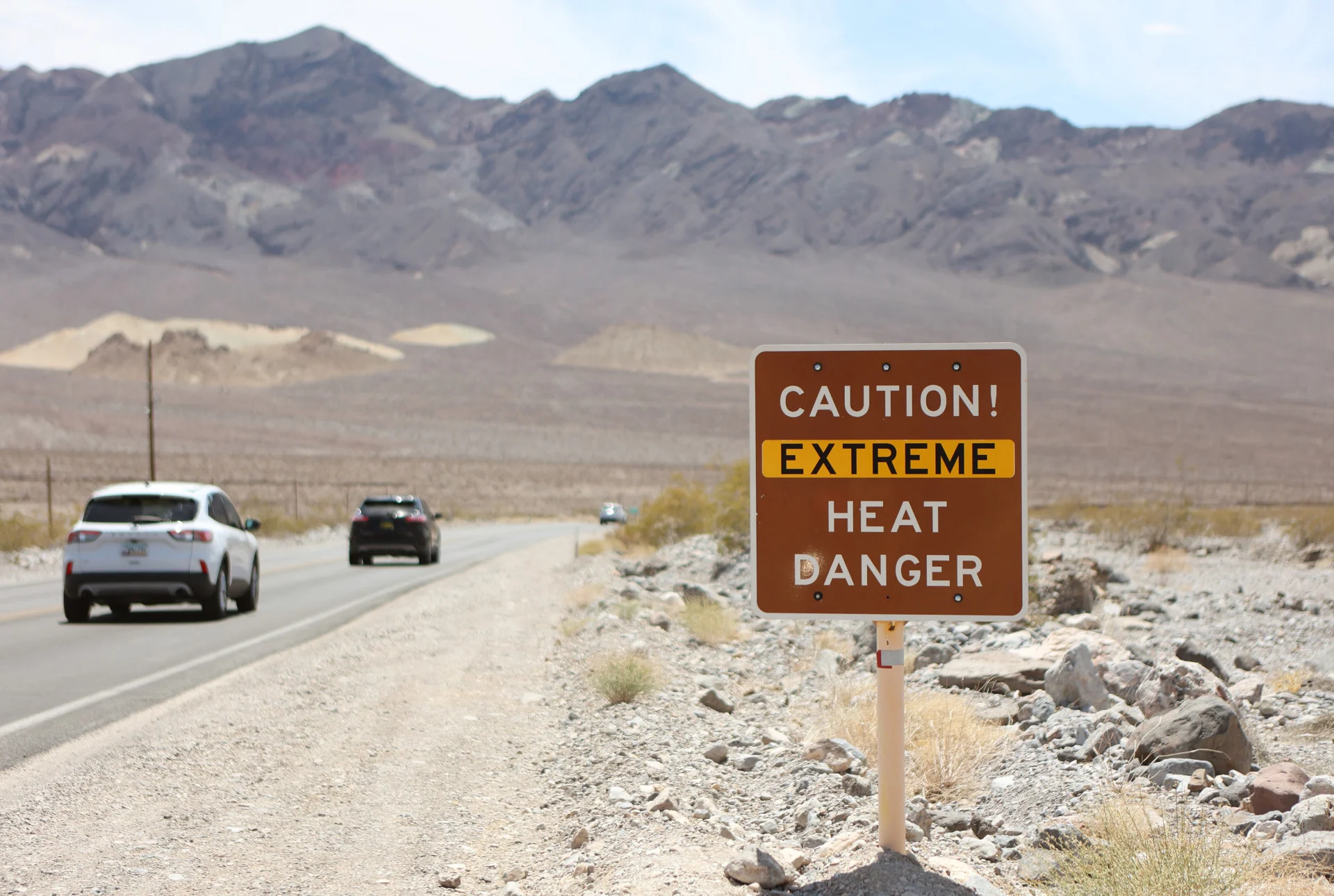
After Earth's hottest week on record, extreme weather surprises everyone
The heat has been unprecedented, as extreme weather from wildfires to floods ravage various corners of the world.
Data suggests last week was the hottest on record, according to the World Meteorological Organization (WMO).
Temperatures have soared across much of southern Europe and the southern United States, while powerful rain storms led to flooding in Vermont, India, Japan, and Montreal on Thursday.
At the same time, Canada has already surpassed the record for the total area burned in a wildfire season.
This follows the hottest June on record, with unprecedented sea surface temperatures and record low Antarctic sea ice coverage.
"There's a lot of concern from the scientific community and a lot of catch up in the scientific community trying to understand these incredible changes we're seeing at the moment," said Michael Sparrow, head of the WMO's world climate research program.
'We can expect more records to fall'
All this comes at the onset of El Niño, which is expected to further fuel the heat both on land and in the oceans, according to Prof. Christopher Hewitt, WMO's director of climate services.
"We are in uncharted territory and we can expect more records to fall as El Niño develops further," he said. "These impacts will extend into 2024."
Global sea surface temperatures hit new records for the time of the year both in May and June, according to the WMO.
In Florida, for instance, the water temperature near Johnson Key was 36 C, about five degrees warmer than normal this time of year, meteorologists said.
"As we go forward, we will see more extreme weather," said Altaf Arain, a professor in the school of earth, environment and society at McMaster University and director of McMaster's Centre for Climate Change.
While Arain isn't entirely surprised by the surging temperatures, he said the idea of a "new normal" should be thrown out the window.
"It may not be fair to use that term because when you talk about the new normal, then you have to look at the time scale," he said.
"We will have a new normal for the next decade. What about the following decade and the following decade? So would we keep on changing these normals? So I think this discussion should not be there."
Experiencing the wildfire smoke in Ontario earlier this summer was a reminder that the effects of climate change are far reaching, he said.
"The message you get is we are all in it together," he said. "We all will be impacted, one way or the other."

'Statistically impossible' becomes possible
Despite the heat and extreme weather of recent weeks, the planet hasn't necessarily reached a "tipping point" moment, said Nicholas Leach, a postdoctoral researcher in climate science at the University of Oxford.
"To the best of our knowledge these extreme weather events essentially will continue," said Leach, who was a part of a team of scientists that examined the "statistically impossible" 2021 heatwave in B.C.
Canada's all-time record was smashed that summer by nearly 5 C, with a recorded high of 49.6 C in Lytton, B.C.
In looking over historical data from 1959 to to 2021, Leach's study found that 31 per cent of Earth's land surface has already experienced such statistically implausible heat.
These regions are spread all across the globe with no clear pattern, he said.
The conclusion? Other statistically improbable events are likely.
"Countries that traditionally haven't seen really big jumps in their record, or particularly extreme events, shouldn't be complacent about that and should start kind of implementing these action plans and things that we know are effective at reducing mortality risk from heat waves," he said.
Watch below: How do we know when weird weather is caused by climate change?
A learning curve for scientists
Scientists are learning as events evolve, allowing for better forecasting and preparedness, said Vermont State Climatologist Lesley-Ann Dupigny-Giroux.
Her state experienced up to two months worth of rainfall within two days this week. The mass flooding resulted in damage to homes and properties and hundreds of people needing rescue.
Despite the storm being "very well-forecasted," Dupigny-Giroux said, it was still surprising to see such an impact in river levels.
"Looking at some of the river record levels and seeing values that are like 10 feet above flood stage, that is just mind boggling," she said.
"Even if you had a model that predicted that, it's still mind boggling to actually see that in real life."
This story, by Benjamin Shingler, was originally published on July 14 by CBC.
Thumbnail image: A heat advisory sign is shown along US Highway 190 during a heat wave in Death Valley National Park in California on July 16, 2023. Tens of millions of Americans braced for more sweltering temperatures Sunday as brutal conditions threatened to break records due to a relentless heat dome that has baked parts of the country all week. By the afternoon of July 15, 2023, California's famous Death Valley — one of the hottest places on Earth — had reached a sizzling 51 C, with Sunday's peak predicted to soar as high as 54 C. Even overnight lows there could exceed 38 C. (Ronda Churchill/AFP via Getty Images)











